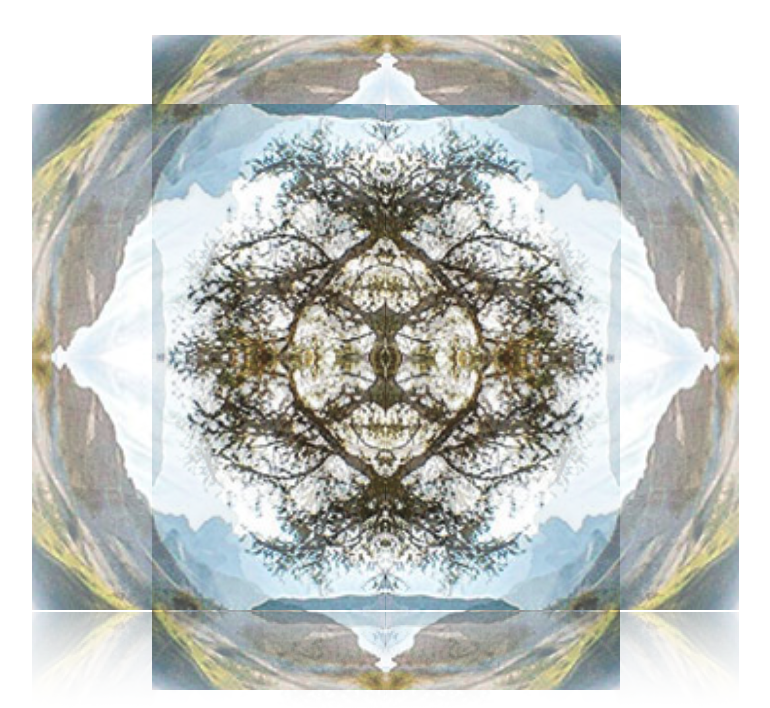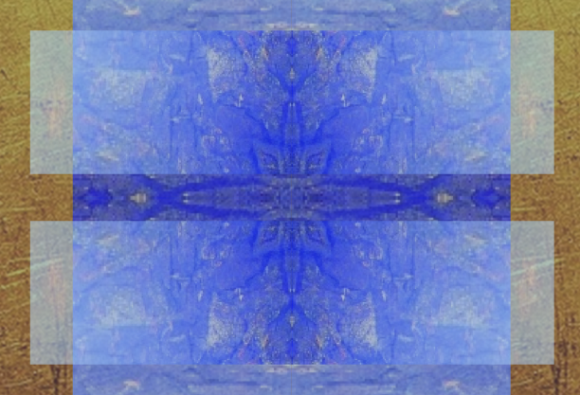In previous posts, I have started to discuss Hillman’s three criteria for telling soul-work and spirit-work apart. The first was that soul-work would take the soul’s pathologizing seriously. Now the second: love for anima; Hillman says that he would not recognize someone as doing soul-work (psychology) if they “dismiss […] anima confusions for ego strength or spiritual illumination” (UE 3, 84).
As is frequently the case with Hillman’s statements, he makes a number of assumptions here: he takes the readers’s familiarity with Jung’s work, and his own readings and elaborations of that work, for granted. (That’s not a point of criticism: Hillman was after all addressing an audience of Jungian analysts involved in precisely these discussions.) In this case, the assumptions not only refer to Jung’s terminology and central notions, but also to some of Hillman’s core theses. So there’s a good bit to unpack.

1. Hillman thought that the activity of analysis (i.e. the Freudian/Jungian tradition of psychotherapy) and its implied relationship between analyst and analysand were archetypally prefigured, i.e. had a particular myth at their base. He identified the ancient Eros & Psyche story as that myth, and thus interpreted the activity of analysis (and more generally, soul-work) as a loving care (Eros) for the soul (Psyche). All this is worked out in detail in the first chapter of his aptly named The Myth of Analysis (MA).
But of course, in the quote above, he identifies love of anima (rather than soul) as the mark of soul-work. Is there a difference between “anima” and “soul”? In order to understand such extra subtleties, we’d have to also consult Hillman’s masterful book on the notion of the anima, where he details them out and binds them back carefully to the relevant text passages in Jung’s work.
Anima, both in Jung and Hillman, is the more specifically defined term (see Anima, 71; MA 51). The anima is only one of the archetypes that make up the psyche; and as such it is also usually understood to be a personification (whereas the soul is not: if the soul appears personified, it is personified by the anima). But in addition to this constellation, Hillman describes a dynamic in which “anima becomes psyche” (MA 54), and that is precisely the creative process of soul-making:
anima becomes psyche through love, and […] it is eros which engenders psyche. Thus we come to one more notion of the creative, this time as perceived through the archetype of the anima. The creative is an achievement of love.
MA 54; Hillman’s emphasis.
2. How does this work? Hillman points out that “anima experiences will be an initiatory way for psychological creativity” (MA 52), and so I take it that soul-work begins with first becoming aware of anima experiences (i.e. the contents, including personified appearances, coming from that archetype), and then engaging with them creatively.
It is hard to fathom from Hillman’s abstract, sweeping claims (and constantly changing metaphors) precisely how we are to imagine this process. But so much seems clear: just as with the pathologizing, the chaotic and confusing contents that we usually associate with the anima are once again not taken as something to correct or outgrow, but rather as something essential in the soul’s workings which we have to constantly engage — and learn to love. And just as with the pathologizing, that’s a tall order: for it is the pronounced tendency of the anima to generate uncertainty and unconsciousness (that is, after all, what she is the archetype of).
She mystifies, produces sphinx-like riddles, prefers the cryptic and occult where she can remain hidden: she insists upon uncertainty. By leading whatever is known from off its solid footing, she carries every question into deper waters, which is also a way of soul-making.
Anima, 135.
What seems most important to love (in the anima), then, are the confusions she characteristically produces; if we dismiss those, and strive for ego strength or spiritual illumination instead, we’re not doing soul-work.
3. One particular instance of “dismissing anima confusions” is the widespread idea that the soul (the unconscious, or one of its archetypes) produces its contents in order to “communicate something”.
This idea is often behind the interpretation of dreams, for instance: if we assume that dreams are encoded messages from the unconscious, which wants to guide us in our conscious life, signals what decisions we should take, and so on (because “the unconscious is a thousand times wise than the Ego”), we are making precisely this mistake.
The contents of the unconscious are not intended to guide our conscious life; and to take the productions of the anima in that way is in fact simply a possession by a different archetype:
To ask the anima figure via active imagination for answers, to believe she brings counsel, other than the knowledge of not-knowing (ambiguity, indecision, uncertainty), is an analytical blunder […] Jung suggests that her wisdom is actually an undifferentiated identification with the wise old man.
Anima, 139 (and see the reference in 138n(a)).
The Wise Old Man archetype is of course what Jung calls “spirit” in the spirit essay — which traces appearances of the spirit archetype in fairy tales, and among other things indicates that the Wise Old Man personification is the most frequent one there, and about as frequent as in dreams (GW IX/I, §401).
Thus Hillman is admirably consistent when he identifies an attitude that tries to decode unconscious contents as messages about conscious life (the activity of the Ego, waking life) as in fact spiritual, rather than psychological. For behind this attitude is the spirit archetype, and not a love of soul.



[…] two of the three marks that distinguish soul-work (psychology) from spirit-work: pathologizing and anima confusions are regarded as inherent activities of the soul, and therefore in soul-work we must attend to them […]
[…] And why is it the confusions which we love? […]
[…] live towards that telos is to love anima confusions, for that, according to Hillman, is what produces soul. The first bit of that slogan (“loving […]